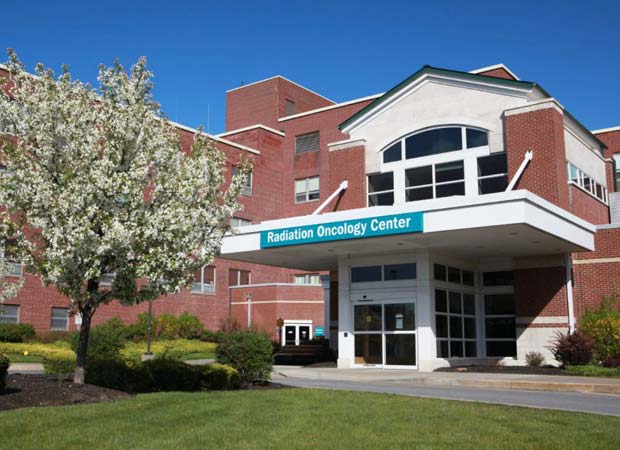« Return to Access Winter 2018

Four Lines of Attack
These are not your parents' treatment options.
Today's cancer patients have access to therapies that are less toxic, more targeted, and often more effective than those available in the past.
Most patients receive a combination of treatments involving one or more of the specialties below. In each case, therapies are chosen based on the cancer involved and discussions with the patient.
Surgical oncology involves using surgery to remove a tumor or lesion. The type of surgery—open, laparoscopic, or robot-assisted—depends on the size, location, and other traits of the tumor.
Medical oncology includes chemotherapy and other medications that fight cancer. Advances in this field include targeted therapy that uses drugs to attack specific cancer cells, and immunotherapy, which taps the body's own immune system to fight the disease.
Interventional oncology offers new targeted, minimally invasive ways to diagnose and treat cancers. This subspecialty of interventional radiology uses image-guided tools to shrink and destroy tumors and deliver radiation or chemotherapy directly to a cancer site. Saratoga Hospital's cancer team now includes two interventional oncologists with Millennium Medical Imaging who are trained in the latest minimally invasive procedures.
Radiation oncology involves delivering high doses of radiation to tumors with as little damage as possible to surrounding tissue. Newer “stereotactic” technology makes it possible to target tumors more precisely and to treat lesions in places that previously were off limits.
Learn more:

